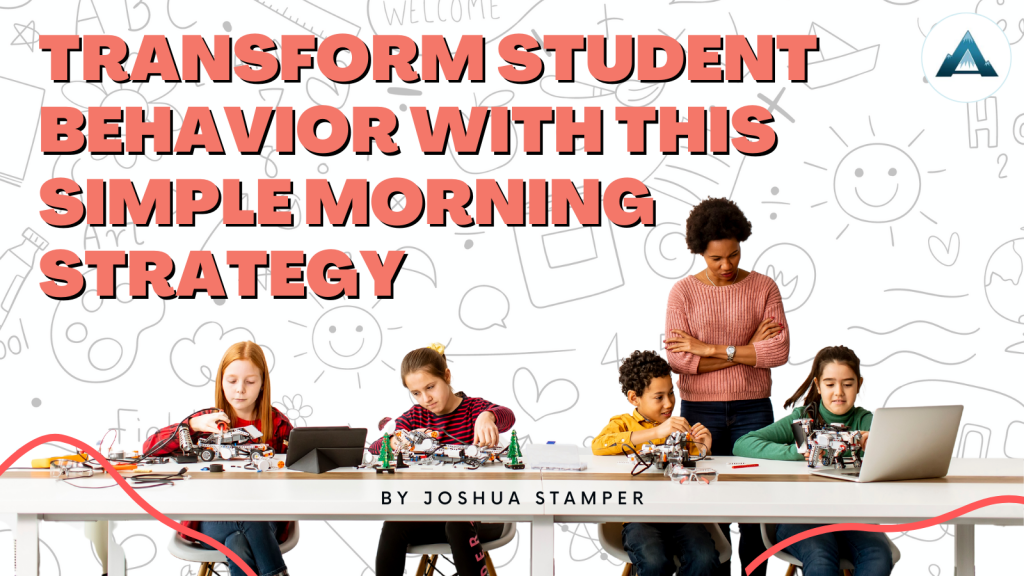Transform Student Behavior with This Simple Morning Strategy

Imagine a student walking into your classroom after a difficult night. Maybe they didn’t get much sleep, had an argument at home, or are carrying stress that no one else can see. Before the day even begins, their emotional state is already fragile, making it harder for them to focus, engage, or regulate their emotions. Without effective classroom management strategies that prioritize emotional well-being, these challenges can quickly escalate into behavioral disruptions.
Now, think about how this student’s day might unfold. Without intervention, their stress may escalate, leading to withdrawal, outbursts, or complete disengagement. But what if we could prevent these disruptions before they happen?
This is where Morning Meetings come in.
What Are Morning Meetings?
Morning Meetings are a simple yet powerful strategy featured in The Language of Behavior. They help educators check in with students proactively rather than reactively, ensuring that every student starts the day feeling safe, supported, and emotionally grounded.
Used as part of a Personalized Behavior Action Plan (PBAP), Morning Meetings offer a quick but meaningful connection between a trusted adult and a student before the school day begins. They take just a few minutes but can make a lasting impact on classroom behavior.
Why Are Morning Meetings So Effective?
The first few minutes of the school day set the tone for the rest of the day. If a student enters the classroom feeling overwhelmed, unseen, or unsupported, they are far more likely to disengage or act out.
By implementing Morning Meetings, educators can:
✅ Check in on how the student is feeling – A simple “How are you today?” can provide valuable insight into a student’s emotional state.
✅ Identify any emotional or academic needs – Addressing concerns early can prevent bigger issues from developing.
✅ Assess their mental state to prevent escalations – Recognizing signs of stress or frustration allows educators to intervene before a situation escalates.
✅ Build a foundation of trust and safety – When students feel seen and supported, they are more likely to engage positively throughout the day.
How to Implement a Morning Meeting in Your Classroom
You don’t need to overhaul your entire morning routine to integrate this strategy. Morning Meetings can be as simple as:
- Greeting each student at the door with eye contact and a warm welcome.
- Asking students to rate their mood with a quick thumbs-up, thumbs-sideways, or thumbs-down.
- Giving students a chance to share one word about how they’re feeling.
- Using a quick journal prompt or reflection question to start the day.
The goal is to create a predictable, safe moment of connection so students feel grounded before diving into academic content.
Shifting from Reactive to Proactive
Many traditional behavior management approaches react to misbehavior after it happens. But by the time a student is acting out, they’re already emotionally dysregulated.
Morning Meetings allow educators to flip the script by addressing emotional needs before students reach a breaking point. Instead of responding to disruptions, we create conditions where disruptions are less likely to happen in the first place, which improves your classroom management and the educational environment.
It’s About Connection
Behavior is not just about compliance-it’s about connection. When students feel emotionally safe, their ability to focus, learn, and succeed dramatically improves.
Morning Meetings are a small shift with big results, helping students regulate their emotions, preventing behavioral challenges, and creating a stronger, more connected classroom environment.

